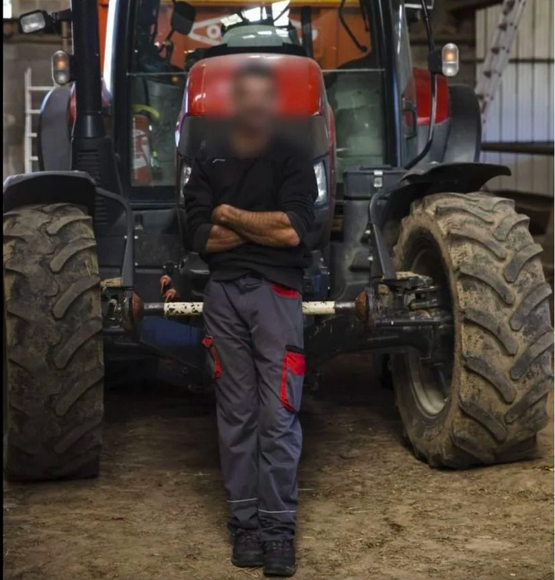Published on
Updated
Reading 2 mins.
From January 30, M6 will launch its 18th season of Love is in the meadow with 14 new faces to discover, including that of Patrice, a candidate who announces that he suffers from a birth disability, congenital hemiplegia.
This year 2023, as with every new season, the portraits of new farmers in search of love are eagerly awaited. These episodes which launch Love is in the meadow allow viewers to discover the candidates, their physique of course, but also their history, their expectations and even their weaknesses. An important step that allows them to expose themselves and, why not, arouse the interest of a potential lover on the other side of their screen. And this year again, certain portraits promise to be touching.
Patrice, hemiplegic from birth
Among the 14 candidates, one is already talking about him and his courage. Patrice, whose photo we do not yet know, a 39-year-old suckler cow breeder and mixed farmer from Normandy, may catch your attention. The pluriactive man is indeed affected by a handicap from birth, called congenital hemiplegia, a form of paralysis affecting one side of the body. For Patrice, it was his hand and his right leg that were impacted by this disorder. A state that has not prevented him from flourishing and carrying out projects, however physical, since to this day he takes care of his herd and also cultivates barley, rapeseed, flax and beets. He intends to complete this picture with a happy life as a couple and a family to build.

Congenital hemiplegia, a disability without treatment
hemiplegia is a condition characterized by paralysis of one side of the body. It can be considered a more severe form of hemiparesis and is caused by brain damage that originated before birth (congenital hemiplegia), during birth, or after birth.
Arterial cerebral infarction is the leading cause in full-term infants, while brain damage due to prematurity predominates in formerly premature infants. The other causes are cerebral malformations, venous thromboses, parenchymal hemorrhages due to hemostasis disorders and more recently identified familial forms of porencephaly.
The disease mainly affects children, and particularly premature babies. On average, 0.6 out of 1,000 children have hemiplegia. There is no official treatment to cure this disability, but rehabilitation undertaken early, upon diagnosis, can allow the patient to regain some motor skills. To this end, magnetic resonance imaging is the most appropriate examination to determine this cause and to establish an early prognosis.
